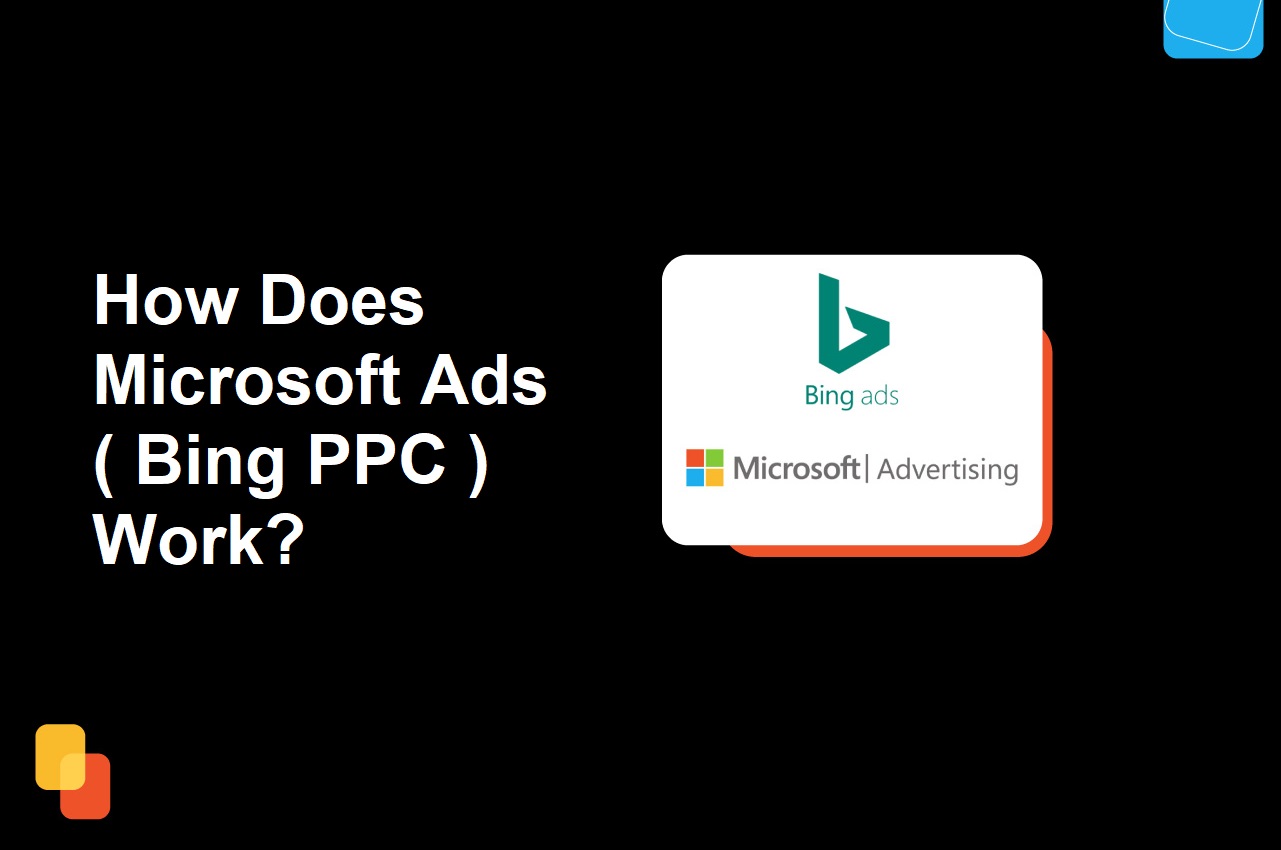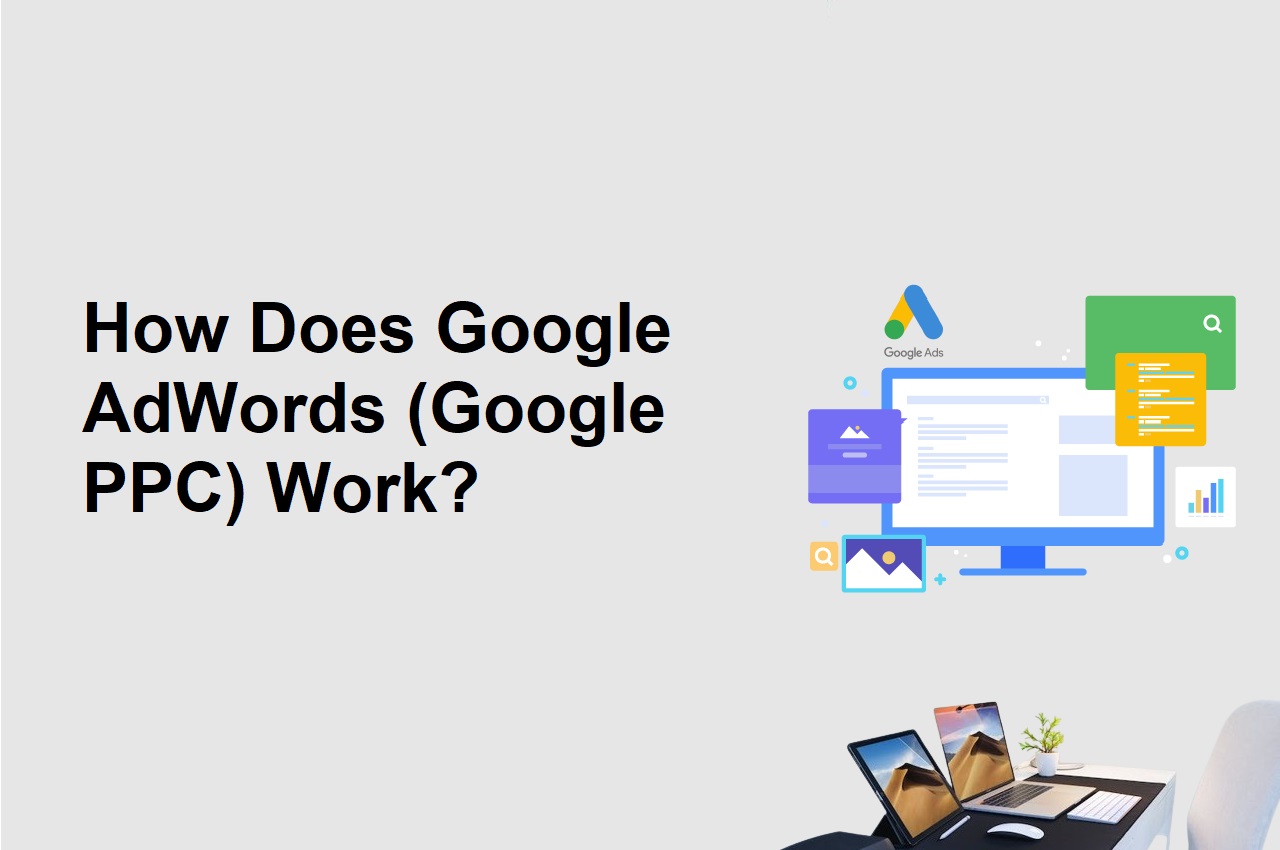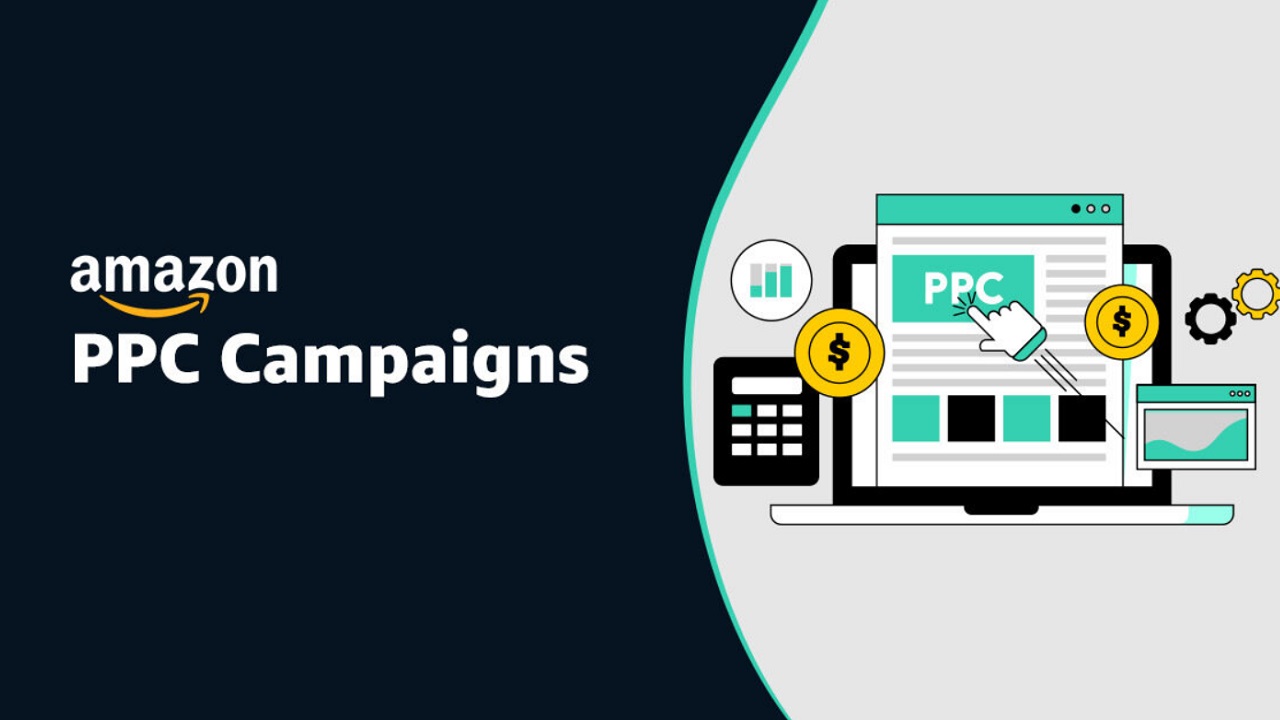How Does Amazon PPC Work?
Amazon PPC operates as a dynamic advertising system for sellers aiming to boost product visibility on the platform. Sellers select relevant keywords, bidding on them to secure prominent ad placements. When a shopper searches using those keywords, Amazon’s algorithm considers bids, relevance, and other factors to determine which ads to display. Sellers pay only when a shopper clicks their ad, aligning with the Pay-Per-Click model. Various ad types cater to different marketing goals, offering flexibility. With daily budget controls and detailed analytics, sellers can fine-tune campaigns, optimizing performance and driving targeted traffic to their products on Amazon. Continuous monitoring and strategic adjustments are key to successful Amazon PPC campaigns.
Amazon Pay-Per-Click (PPC) advertising has become an integral part of the e-commerce ecosystem, enabling sellers to promote their products and drive visibility on the Amazon platform. This comprehensive guide will provide a detailed understanding of how Amazon PPC works, covering fundamental concepts, campaign setup, optimization strategies, and the key components that contribute to the success of Amazon PPC campaigns.
I. Introduction to Amazon PPC
A. Definition and Overview
Amazon PPC is an advertising model where sellers pay for their ads to be displayed within the Amazon marketplace. It operates on a pay-per-click basis, meaning advertisers are charged when a user clicks on their ad. Amazon PPC offers various ad formats, allowing sellers to showcase their products prominently to potential customers.
B. Importance of Amazon PPC
- Enhanced Product Visibility:
- Amazon PPC allows products to appear prominently in search results and on product detail pages, increasing visibility among potential buyers.
- Targeted Advertising:
- Sellers can target specific keywords, audiences, and product categories, ensuring their ads are displayed to relevant and interested shoppers.
- Measurable ROI:
- Advertisers can track the performance of their campaigns, measure key metrics, and optimize strategies for a more significant return on investment (ROI).
II. Amazon PPC Campaign Types
Amazon PPC offers various campaign types, each serving distinct purposes. Understanding these campaign types is crucial for creating targeted and effective advertising strategies.
A. Sponsored Products
- Ad Placement:
- Sponsored Products appear within search results and on product detail pages.
- Keyword Targeting:
- Advertisers choose relevant keywords, and their ads are displayed when users search for those terms.
- Cost-Per-Click (CPC) Model:
- Advertisers pay when a shopper clicks on their ad.
B. Sponsored Brands
- Ad Placement:
- Sponsored Brands appear at the top of search results and showcase a brand’s logo, multiple products, and a custom headline.
- Keyword Targeting:
- Advertisers select keywords, and their ads are triggered based on relevant searches.
- CPC Model:
- Similar to Sponsored Products, advertisers pay per click.
C. Sponsored Display
- Ad Placement:
- Sponsored Display ads appear on and off Amazon, targeting shoppers both on and off the platform.
- Audience and Product Targeting:
- Advertisers target specific audiences and products to display their ads.
- CPC Model:
- Advertisers are charged when users click on their ads.
D. Stores
- Ad Placement:
- Stores are customizable brand pages on Amazon where advertisers can showcase their products.
- Brand Awareness and Product Display:
- Stores focus on enhancing brand visibility and showcasing product offerings.
- Free to Create:
- Stores are free to create and serve as a comprehensive brand destination on Amazon.
III. Setting Up an Amazon PPC Campaign
A. Account and Campaign Creation
- Amazon Seller Account:
- Sellers need an active Amazon Seller account to access the advertising platform.
- Campaign Creation:
- Advertisers set campaign parameters, including budget, targeting options, and ad creatives.
B. Keyword Selection and Targeting
- Keyword Research:
- Conduct thorough keyword research to identify relevant and high-performing keywords for product targeting.
- Match Types:
- Choose between broad match, phrase match, and exact match types to control the specificity of keyword targeting.
- Negative Keywords:
- Exclude irrelevant terms by adding negative keywords to improve ad targeting.
C. Ad Group Structure
- Logical Grouping:
- Organize keywords into ad groups based on relevance and similarity.
- Ad Copy Creation:
- Craft compelling ad copy that highlights product features, benefits, and unique selling propositions.
D. Budget and Bidding
- Daily Budget:
- Set a daily budget to control the overall spending for the campaign.
- Bidding Strategy:
- Choose a bidding strategy, such as dynamic bidding or fixed bids, based on campaign objectives.
- Bid Adjustment:
- Adjust bids for specific keywords or products to optimize performance.
IV. Optimizing Amazon PPC Campaigns
A. Monitoring and Analytics
- Amazon Campaign Manager:
- Utilize the Campaign Manager to monitor campaign performance, track key metrics, and gather insights.
- Key Performance Indicators (KPIs):
- Track KPIs such as click-through rate (CTR), conversion rate, and cost-per-click (CPC) for performance evaluation.
B. A/B Testing
- Ad Variations:
- Test different ad variations, including headlines, images, and product selections, to identify high-performing elements.
- Performance Analysis:
- Analyze A/B test results to refine strategies and focus on the most effective components.
C. Negative Keyword Management
- Search Term Reports:
- Review search term reports to identify irrelevant or underperforming search queries.
- Negative Keyword Implementation:
- Add negative keywords to prevent ads from appearing for specific search queries.
D. Bid Adjustments
- Performance-Based Adjustments:
- Adjust bids based on the performance of keywords, products, or audience segments.
- Time-of-Day and Day-of-Week Adjustments:
- Optimize bids for specific times or days when conversions are more likely.
E. Product Targeting Strategies
- ASIN Targeting:
- Target specific ASINs (Amazon Standard Identification Numbers) to showcase products on competitor product pages.
- Category Targeting:
- Display ads within specific product categories relevant to the advertised products.
V. Advanced Strategies for Amazon PPC
A. Launching New Products
- Aggressive Bidding:
- Initially, adopt more aggressive bidding strategies to gain visibility for new products.
- Keyword Expansion:
- Gradually expand the list of targeted keywords as the product gains traction.
B. Seasonal and Promotional Campaigns
- Planning Ahead:
- Plan and launch seasonal or promotional campaigns in advance to capitalize on peak shopping periods.
- Exclusive Deals:
- Highlight exclusive deals and promotions to attract shoppers during special events.
C. Retargeting and Remarketing
- Sponsored Display Retargeting:
- Use Sponsored Display ads to retarget shoppers who have viewed or interacted with specific products.
- Dynamic Remarketing:
- Implement dynamic remarketing to showcase previously viewed products to interested shoppers.
VI. Challenges and Troubleshooting in Amazon PPC
A. Ad Performance Challenges
- Low Click-Through Rate (CTR):
- Address low CTR by optimizing ad copy, improving images, and refining targeting.
- High ACoS (Advertising Cost of Sales):
- Manage high ACoS by adjusting bids, refining targeting, and optimizing product listings.
B. Ad Disapprovals and Policy Violations
- Policy Compliance:
- Ensure compliance with Amazon’s advertising policies to prevent ad disapprovals.
- Policy Updates:
- Stay informed about policy updates and make necessary adjustments to campaigns.
C. Budget Constraints
- Prioritizing High-Performing Campaigns:
- Allocate budget to campaigns that demonstrate strong performance.
- Optimizing Keywords:
- Focus on high-converting keywords to maximize budget efficiency.
VII. Future Trends in Amazon PPC
A. Enhanced AI and Machine Learning Integration
- Automated Bidding:
- Expect further advancements in automated bidding algorithms for more efficient campaign management.
- Predictive Analytics:
- Integration of predictive analytics for better forecasting of campaign performance.
B. Video Advertising on Amazon
- Growing Importance of Video:
- Video ads will become more prominent, providing a visually engaging way to showcase products.
- Shoppable Video Content:
- Introduction of shoppable video content, allowing users to make purchases directly from videos.
C. Amazon Attribution
- Holistic Performance Analysis:
- Amazon Attribution will play a more significant role in providing insights into the complete customer journey.
- Cross-Channel Measurement:
- Improved capabilities for measuring the impact of Amazon ads across various channels.
VIII. Conclusion
Amazon PPC is a dynamic and evolving advertising platform that offers immense opportunities for sellers to promote their products and increase sales. From campaign setup and optimization to troubleshooting challenges and anticipating future trends, mastering Amazon PPC requires a strategic and data-driven approach. By staying informed, implementing best practices, and adapting to the changing e-commerce landscape, sellers can unlock the full potential of Amazon PPC advertising. As you embark on your journey to navigate the intricacies of Amazon PPC, may your campaigns be profitable, your products visible, and your business thrive in the competitive world of e-commerce. Best of luck!


